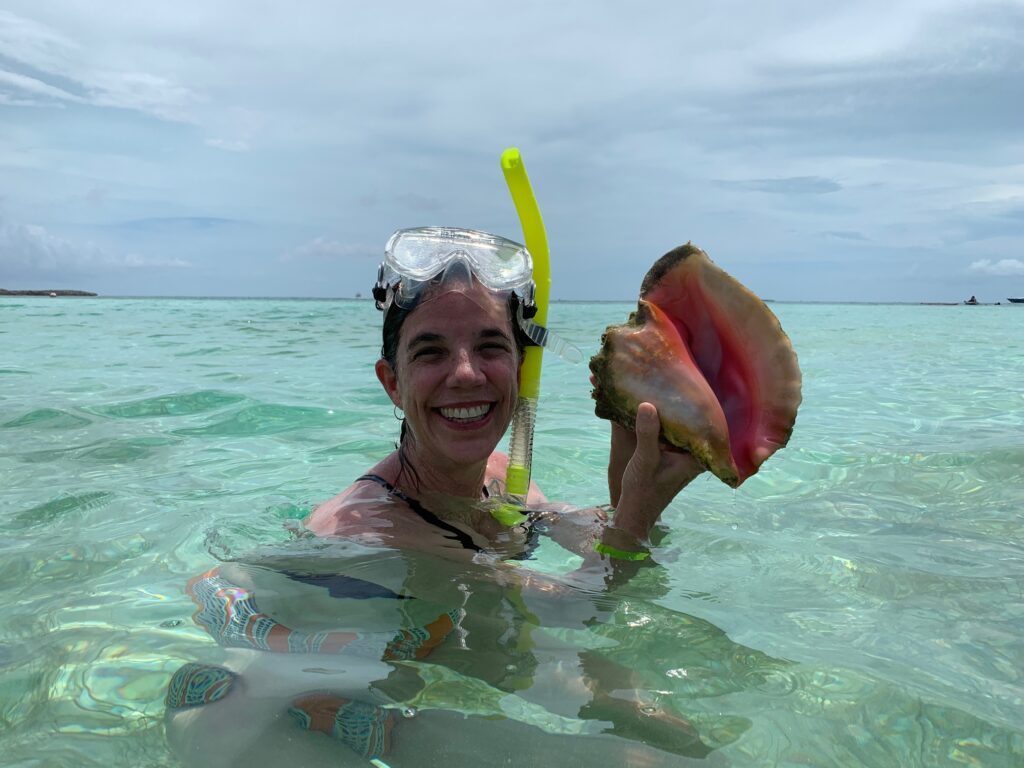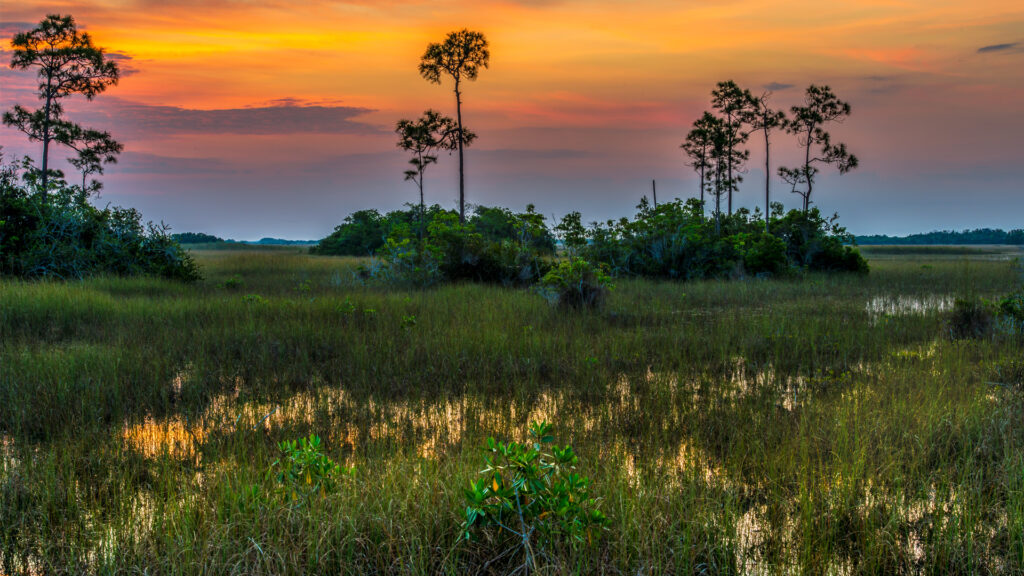By Bella Kubach, The Invading Sea
The following is a Q&A conducted with Jenny Staletovich, a journalist who has worked in Florida for about 30 years. Staletovich is currently an environment editor who covers South Florida for public radio station WLRN and hosts its podcast series “Bright Lit Place,” which is about Everglades restoration efforts. This interview has been edited for length and clarity.
Can you tell us a little bit about your experience with reporting on environmental issues in Florida? What different areas have you covered?

Just for background, I started out at the Palm Beach Post. I was first a local government reporter, and then I covered cops for about five years. Then, I was a statewide general assignment reporter. I covered a lot of hurricanes, and that was when I first started doing some environmental stories.
I don’t think I fully understood how hard it was to cover the environment until I started at the Miami Herald in 2014, and the environment was my beat. I will say that environmental reporting kind of evolved in 2014. Climate change was on the horizon, but there was not much local reporting on it. But as that started to evolve, the beat started to evolve.
I’m still sort of an old school environmental reporter where I look at climate change through a lens of: What’s the environmental hazard? I feel like my job is to point out: What are we getting right and what are we getting wrong in protecting the environment and our resources?
You’re going to be taking part in an FAU Frontiers in Science panel this month on water quality. Can you tell us a little bit more about your reporting on water quality specifically?
For the better part of last year, I spent time taking a deep look at the progress of Everglades restoration. A big part of that is water quality.
As you may know, Everglades restoration won’t work unless the water is clean. I feel sort of qualified to talk about that issue and the state’s massive stormwater treatment areas where we’ve spent more than a billion dollars on cleaning water off agricultural fields and from Lake Okeechobee to try and restore the Everglades.
In better context, that source of water has caused major water quality problems not just in the southern Everglades, but in coastal estuaries. Algae blooms are fueled by discharges from the lake, leaky septic tanks and biosolid spread in agricultural areas. I think this has really caused sort of catastrophic damage to our coastal waters and coastal estuaries.
You’re now hosting a podcast on Everglades restoration called “Bright Lit Place.” Can you tell us more about that?
One of the episodes deals wholly with stormwater treatment areas. I spent two days out there with vegetation managers with the South Florida Water Management District and the work crews to get an idea of these storm treatment areas. They are divided into three flow ways: east, central and west, but they make up 57,000 acres.

They’re very highly managed to clean water that’s loaded with phosphorus coming either out of the lake or from the half million acres of sugar cane farm south of the lake. To do that, they sort of model what they want to do. But in reality, it is complex, and I didn’t fully understand that. I don’t think a lot of people do when they hear about stormwater treatment marshes.
They are called stormwater treatment marshes because they are both treatment marshes to clean polluted water and stormwater areas. And, as you know, we have a rainy season. So, half the year that we’re dealing with storms, those marshes have to switch over and become flood control areas. Cleaning water and flood control areas are two opposing goals.
The vegetation manager told me, “We don’t get two different teams to do both these jobs. We have one, and we have to pivot back and forth.” When the marshes are turned into stormwater areas, they completely ruin the treatment work; the vegetation gets washed out and blown over.
What does the podcast’s name the “Bright Lit Place” represent?
The Miccosukee tribe calls the central Everglades the “Bright Lit Place” because you can literally stand on a tree island and see from east to west, sunrise to sunset. I spent a lot of time with the tribe because those are their ancestral homelands.
What motivated you to be the host of a podcast like this?
For me, covering the environment. For the last decade, I kind of felt like the Everglades restoration coverage had been very piecemeal. Over time, the original promises and their original goals had changed so much.
I felt like people were losing sight of what the plan was originally supposed to accomplish. I wanted to go back and explain that. It has felt like, over time, politics has steered restoration more than science.
What can people expect from this podcast in the future?
There’s a few more elements that we’re going to add to the website. We have a really great story map that Laura Kurtzberg, who is a professor at Florida International University, worked with us to create. This interactive story map takes you kind of through the Everglades.
In addition to that, we’re going to do a project map. It will show where projects have been completed. There’s only one that’s fully completed — a reservoir in the St. Lucie estuary — but it’s sort of where things are planned, and then the smaller pieces. There are smaller pieces that are done, and there are pieces that are on the verge of being done.
I only dealt with the things that were completed in the podcast because, you know, as a journalist, you can’t report on plans. You just want to deal with the “done” things. So that will be added.
Do you plan on reporting on the environment if Everglades restoration persists?
Yes, I will keep reporting on Everglades restoration I feel like until my last breath. No, maybe not. My husband would be happy if not.
Is Everglades restoration the topic thing that you’re covering right now environmentally speaking?
It was for the last year. Now, I need to get back to covering a lot of other issues that are happening in South Florida. Water quality is always a big one. We also need to see what happened to the coral that were bleached over the summer and whether or not they’ve rebounded.
I’m thinking about doing a project on rock mines. I feel like it’s sort of the thing that’s right under our noses, and if you look at the skyline of Miami, it’s filled with cranes. All those buildings need concrete that’s coming from somewhere. Euphemistically, they’re called the chain of lakes in Miami-Dade County, but they’re actually big rock pits.
This Q&A was conducted by Bella Kubach, a Florida Atlantic University senior majoring in multimedia journalism who is reporting for The Invading Sea during the spring 2024 semester.
Sign up for The Invading Sea newsletter by visiting here. If you are interested in submitting an opinion piece to The Invading Sea, email Editor Nathan Crabbe at ncrabbe@fau.edu.



